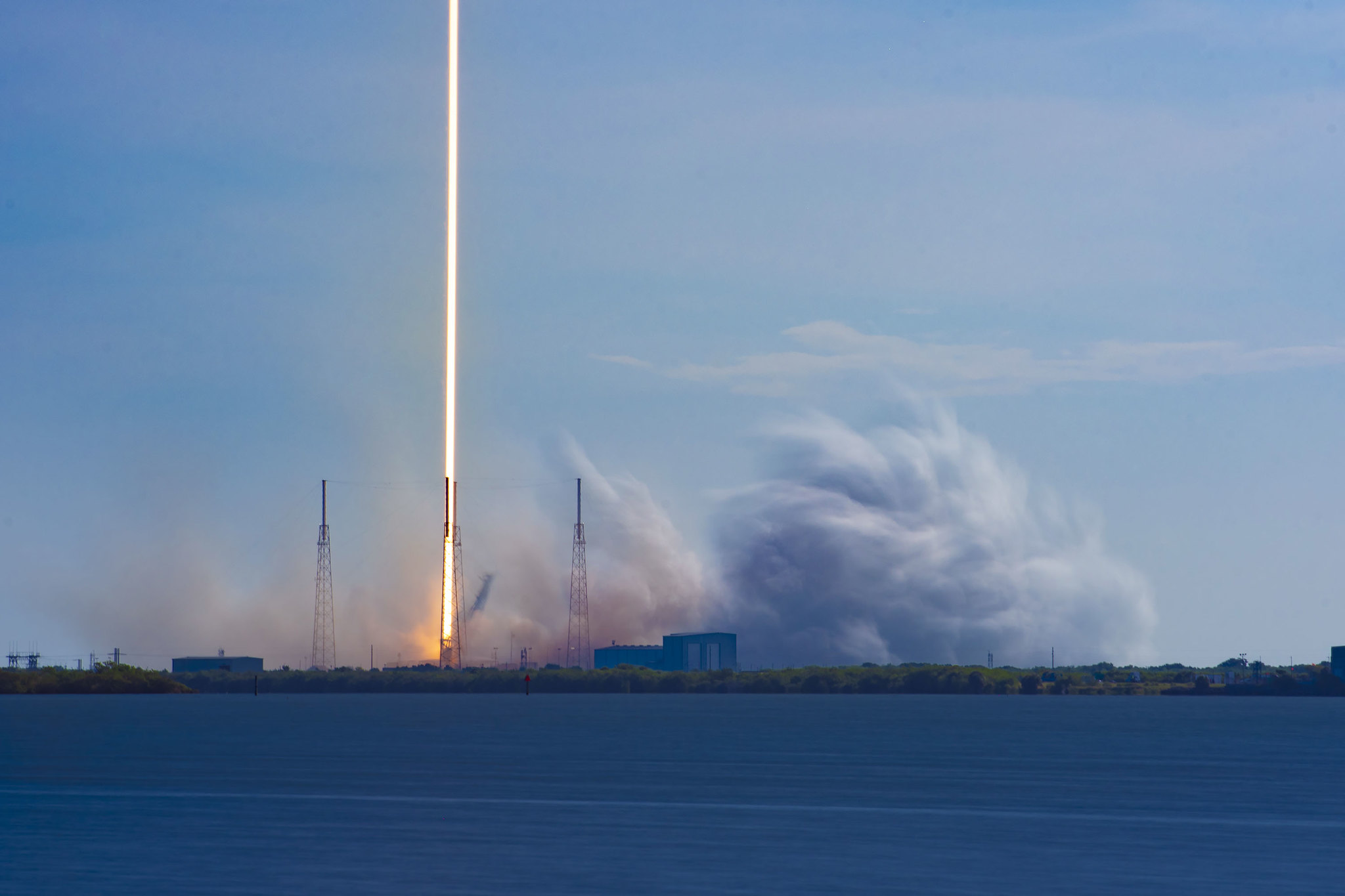U.S. Space Force chief: The use of space technology in Ukraine ‘is what we can expect in the future’
Original Publication Date: 2022-12-04 16:41

Gen. Chance Saltzman is chief of space operations of the U.S. Space Force. He says the value of space “has been proven out,” and space is “clearly a contested domain.” The Space Force is working on that, he says, but it will take years.
SpaceX rolls out new business line focused on military satellite services
Original Publication Date: 2022-12-03 15:25

SpaceX on Dec. 2 revealed a new business segment called Starshield aimed at U.S. National security government agencies. Starshield will leverage the Starlink internet constellation to develop new products for the military market. Starshield satellites would be equipped with laser terminals to make them interoperable with military satellites.
NASASpaceFlight.com
India launches a new ocean monitoring satellite on Saturday morning. The PSLV rocket delivered the EOS-06 spacecraft into a low Earth orbit. The mission, PSLV C54, lifted off from the Satish Dhawan Space Centre at 11:56 local time (06:26 UTC)
Commercial Archives
Two NASA astronauts conducted a spacewalk outside the International Space Station (ISS) on Saturday, Dec. 2, to install a new iROSA (ISS Roll-Out Solar Array) Installation of the new array marked the third such iROSA to be attached to the space station since a power augmentation program to add at least six new sets of arrays to the ISS began in 2021.
International Archives
A Russian Soyuz-2.1b rocket was launched from Site 43/4 at the Plesetsk Cosmodrome on Dec. 1. Onboard was likely a Lotos-S electronic intelligence satellite for the Russian military. Only Lotos-S1 No. 6 and its Soyuz upper stage were initially cataloged in orbit.
ISS Updates – Spaceflight101 – International Space Station

Veteran NASA spacewalker and an EVA rookie from Japan ended their week with nearly six hours of work outside the International Space Station. The restoration of the Station’s Mobile Servicing System started last year and continued in January to provide Canadarm2 with a new pair of grappling hands.
Featured – Spaceflight101

A SpaceX Falcon 9 took to the skies over Florida’s Cape Canaveral Monday afternoon. The Falcon 9 lifted a flight-proven Dragon spacecraft into orbit for a critical delivery of science gear, supplies and maintenance hardware. It was the first of at least six cargo ships inbound to the U.S. Segment of ISS this year.
News – Spaceflight101

A Russian Rockot booster is set to blast off from the Plesetsk Cosmodrome at 17:57 UTC on Wednesday with the Sentinel-3B multi-function satellite. The rocket will carry a multi-function Sentinel-3B satellite with a number of other payloads.
Re-Entry: Long March 11 Rocket Body – Spaceflight101

The CZ-11 fourth stage used leftover propellant for a partial de-orbit maneuver, lowering its perigee to 120 Kilometers. It is reportedly built around a YF-50 main engine and in a nominal mission conducts the orbital circularization after the three CZ-11 stages finish their job.
VP Harris, French President Get First Look at Galactic Get-Together

A merging galaxy pair cavort in this image captured by the James Webb Space Telescope. II ZW 96 is roughly 500 million light-years from Earth and lies in the constellation Delphinus. The two galaxies are in the process of merging and as a result have a chaotic, disturbed shape.
Baby Star ‘Burps’ Tell Tales of Frantic Feeding, NASA Data Shows

Newborn stars “feed” at a furious rate and grow through surprisingly frequent feeding frenzies. Outbursts from stellar babies at the earliest stage of development occur roughly every 400 years. The first such outburst was detected nearly a century ago, and they’ve rarely been seen since.
NASA’s Lunar Flashlight SmallSat Readies for Launch

Lunar Flashlight will use a new kind of “green’ propellant that is safer to transport and store than the commonly used in-space propellants. One of the mission’s primary goals is to test this technology for future use. The science data collected by Lunar Flashlight will be compared with observations made by other lunar missions.
NASA’s Europa Clipper Gets Its Wheels for Traveling in Deep Space

The Europa Clipper mission is set to launch in October 2024. The spacecraft will explore the icy moon of Europa. The mission is not a life-detection mission, it will conduct a detailed exploration of Europa and investigate whether the icy moon, with its subsurface ocean, has the capability to support life.
NASA, ESA Reveal Tale of Death, Dust in Orion Constellation

In between the two hollow regions are orange filaments where dust condenses and forms new stars. Over time, these filaments may produce new giant stars that will once again reshape the region. JPL, a division of Caltech in Pasadena, managed Spitzer mission operations for NASA’s Science Mission Directorate in Washington until the spacecraft was retired in 2020.
Meet the People Behind the SWOT Water-Tracking Satellite

Satellite will measure the height of water in lakes, rivers, reservoirs, and the ocean. The SUV-size satellite will improve scientists’ ability to track the movement of water around the world. In addition, the mission will boost scientists’ understanding of how sea level rise will affect coastlines around the world.
NASA Program Predicted Impact of Small Asteroid Over Ontario, Canada

The asteroid was detected 3 ½ hours before impact, making this event the sixth time in history a small asteroid has been tracked in space before impacting Earth’s atmosphere. Such small asteroids are not a hazard to Earth, but they can be a useful test for NASA’s planetary defense capabilities.
